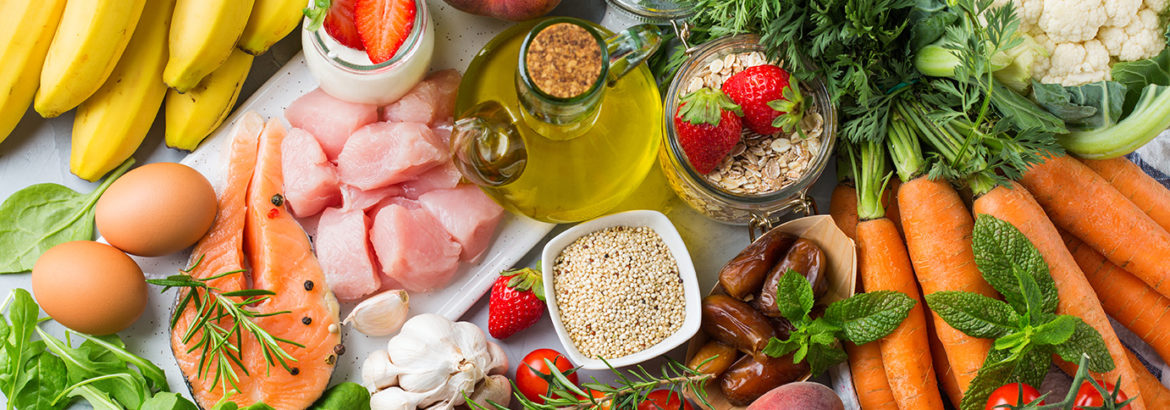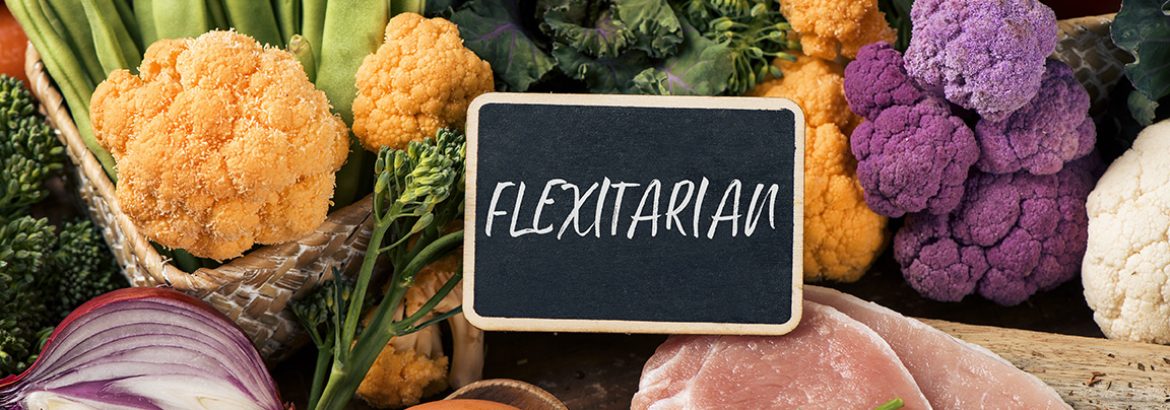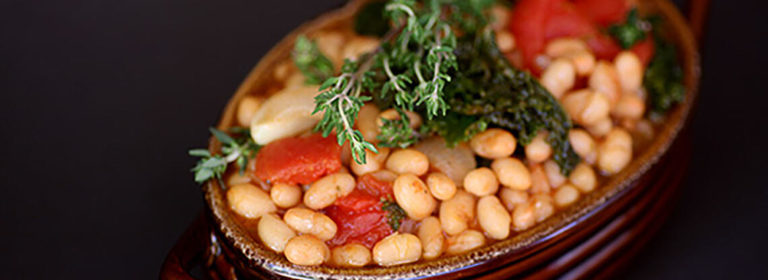Increased food prices, coupled with staffing shortages and supply chain issues, has many operators retooling their menus for the long haul. The price of poultry and fish rose 11.9% yy, while beef and pork increased 20.1% and 14.1% yy, respectively, according to the Bureau of Labor Statistics.
For many restaurants to survive, look for 2022 to be the year they embrace “flexitarianism,” a term that’s been tossed around as an industry buzzword for the last several years, yet it’s now a necessity. More vegetable-centric dishes will appear on menus, to appeal to diners who frequently change their diets, and that puts Markon in a very prominent position.
With a product line of more than 800 fresh fruit and vegetable options from which to choose, the premier produce resource offers its customers endless recommendations. Additionally, the ingenious Ready-Set-Serve line of fruits, vegetables, and juices helps relieve labor shortages. They’re either lightly prepped, fully prepped, or table ready, allowing kitchen staff to focus on creativity and other tasks.
Cathy Holley believes, too, that Markon’s role is vital as more restaurants facing supply chain issues and inconsistencies of labor look to amplify more produce on their menus.
“In talking with chefs and how they’re managing produce on their menus, some are going more for value added to help offset labor and some are leaning towards whole foods if supply disruption is their concern,” explains Holley, Publisher/Editor-in-Chief of Flavor & The Menu, and president of The Flavor Experience.
As far as appealing to the “flexitarian” diner, Holley says, chefs should be aware that consumers gravitate towards foods that they know. They also appreciate it when chefs create dishes they couldn’t imagine making at home, she adds.
“The easiest part of plant-based consumption is when you have it chef prepared,” continues Holley. “Chefs, in general, introduce consumers to more plant-forward whole foods and plant-forward culinary techniques than they would ever learn on their own.”
That includes vegetable-centric dishes with meat inclusions, says chef Nicholas Gonring, adding that this technique “is a safe bet because you can appease just about anyone in that [flexitarian] space, unless you’re vegan or vegetarian.”
While he hasn’t heard the terminology in a few years, he believes flexitarianism is making a comeback because of the rising food costs and the fact that more consumers are mindful of the environment.
“They’re possibly ‘flexing’ in that space because they want to consume more plant-based proteins because it may be less expensive,” says Gonring, who serves as Corporate Consulting Chef for Gordon Food Service (overseeing its North American culinary department).
“Also, people are thinking more about their effect on environmental things as it relates to food production and getting something from point a to point b to get to the customer’s plate,” he continues. “They are savvier about that, and it plays into how retailers and wholesalers buy. People are becoming more conscientious about these scenarios.”
In other words, flexitarianism is here to stay. Nevertheless, it’s important for operators to keep vegetable-centric offerings dynamic, advises chef Ian Ramirez.
“Flexitarianism is definitely not going away,” says Ramirez, the Director of Culinary Innovation and Operations for Creative Dining Services. “I am seeing more and more regular meat eaters opting for a vegetarian dish than ever before. We always try to offer a wide variety of food offerings, including vegan/vegetarian options.”
About Markon
Markon Cooperative, Inc. brings a fresh approach and thinking to all of its premium farm-to-table produce so foodservice operators can bring the freshest ideas to their consumers. Based in Salinas, California, Markon serves as the produce purchasing, logistics, information, and marketing partner for its five member distributors (Ben E. Keith Foods, Gordon Food Service, Gordon Food Service Canada, Nicholas & Company, and Shamrock Foods) and their North American foodservice customers. Learn more about Markon’s commitment to providing the highest-quality, safest, and freshest produce at Markon.com
By Audarshia Townsend




